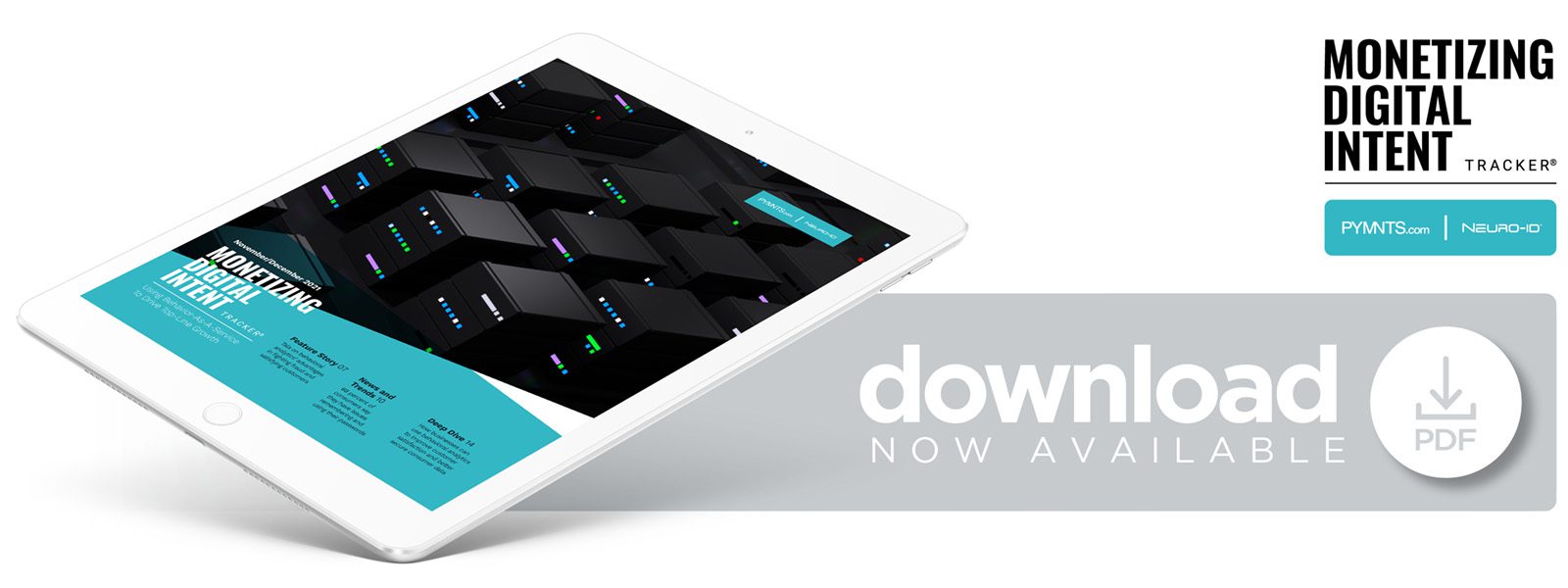Behavioral Analytics Beat Passwords for Authenticating Digital Financial Services
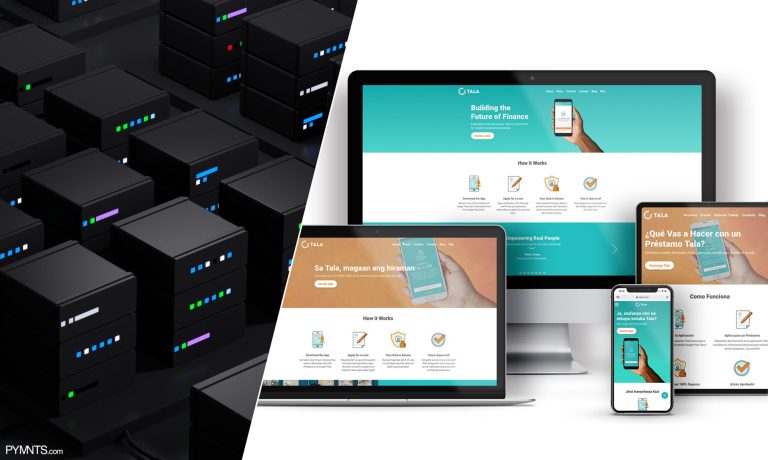
The uptick in fraudulent activity during the pandemic has forced cybersecurity professionals to rethink traditional user authentication methods. Digital platforms historically have relied on knowledge-based authentication (KBA) and passwords to do the job, but consumers’ poor digital habits have made these systems easier to scam. Consumer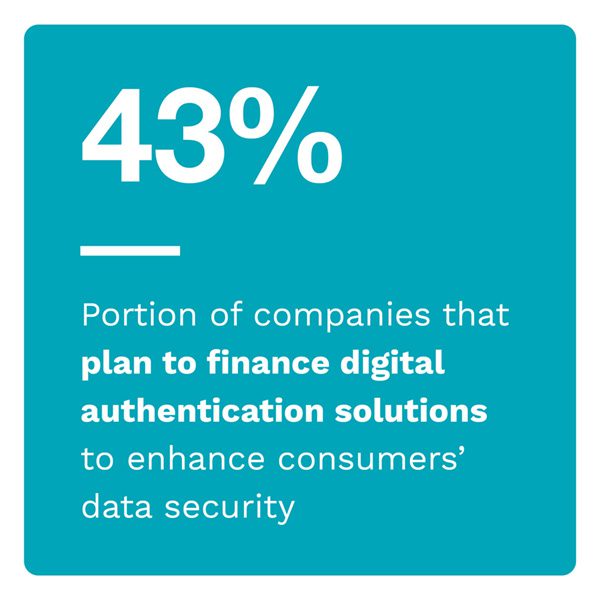 s view these verification methods as cumbersome, with friction-filled onboarding experiences prompting 50% to 75% of abandoned transactions.
s view these verification methods as cumbersome, with friction-filled onboarding experiences prompting 50% to 75% of abandoned transactions.
Finding a way to differentiate between genuine users and bad actors is a top priority for businesses. Numerous verification solutions exist, but many companies are turning to behavioral analytics to strengthen their security measures without inhibiting the customer experience. The global behavioral analytics market is anticipated to increase at a compound annual growth rate (CAGR) of more than 40% through 2026, a testament to the growing popularity of these solutions worldwide.
In the latest Monetizing Digital Intent Tracker®, PYMNTS examines how behavioral analytics can successfully prevent fraud without creating unnecessary friction during the onboarding process, resulting in greater customer acquisition.
Around the Behavioral Analytics Space
One of the many conveniences of the virtual world is the simplicity it offers. Customers want to access digital channels quickly and without interruption, but password verification often creates friction for users who may have forgotten or incorrectly entered their credentials. More than 60% of customers have abandoned their business transactions after growing frustrated with an irksome authentication process, and 68% admitted that they struggle to remember their passwords. Behavioral analytics has the power to eliminate these authentication pain points, however, as consumers must already compl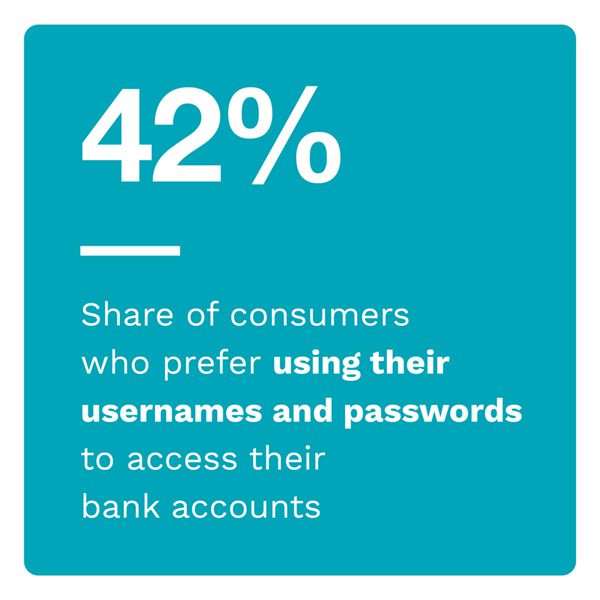 ete the actions that behavioral analytics methods examine to access their accounts.
ete the actions that behavioral analytics methods examine to access their accounts.
Poor digital hygiene has also played a major role in enabling fraudsters to access consumer data more easily. Many companies are incurring unexpected expenses as they fight data breaches stemming from stolen credentials. A report showed that the average cost of data breaches for companies in 2021 was a shocking $4.24 million per incident. These breaches also reveal the downside of collecting excessive amounts of consumer data and personal information. As such, several organizations are considering the benefits of behavioral analytics, as the technology analyzes consumer behavior at the surface level and does not require users to provide any personal information or passwords for verification.
For more on these and other stories, visit the Tracker’s News & Trends.
Why Companies Should Use Behavioral Analytics to Fight Fraud and Grow Their Customer Base
Digitization offers many benefits for companies, but the drastic surge in fraudulent activity as more firms go online cannot be ignored. The global economy loses approximately $5 trillion annually to cyberattacks, tarnishing the reputations of international companies and damaging their revenue streams.
One potential solution to these woes is behavioral analytics, which works behind the scenes to monitor digital platforms for suspicious activity without ever hindering the customer experience, explained Kunal Kaul, chief risk and strategy officer at digital financial services company Tala.
To learn more about how behavioral analytics can lower fraud rates and reduce onboarding friction for a better customer experience, visit the Report’s Feature Story.
Deep Dive: How Behavioral Analytics Is Combating the Rise in Fraud Worldwide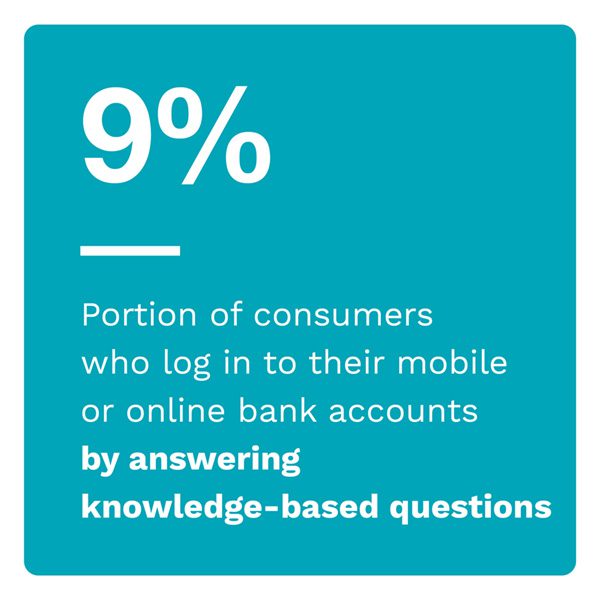
Business owners have faced tough challenges as the pandemic has ravaged economies around the globe, forcing them to reassess their daily operations. The internet has proved to be a lifeline for companies, but the influx of online activity has created more openings for bad actors. Combating this potentially devastating rise in cyberattacks has driven many security professionals to tap behavioral analytics to give consumers a more secure digital experience without piling on friction.
To learn more about how behavioral analytics can outshine other fraud prevention tools, visit the Report’s Deep Dive.
About the Tracker
The Monetizing Digital Intent Tracker®, a PYMNTS and Neuro-ID collaboration, is the go-to monthly resource for updates on trends and changes in behavioral analytics.
